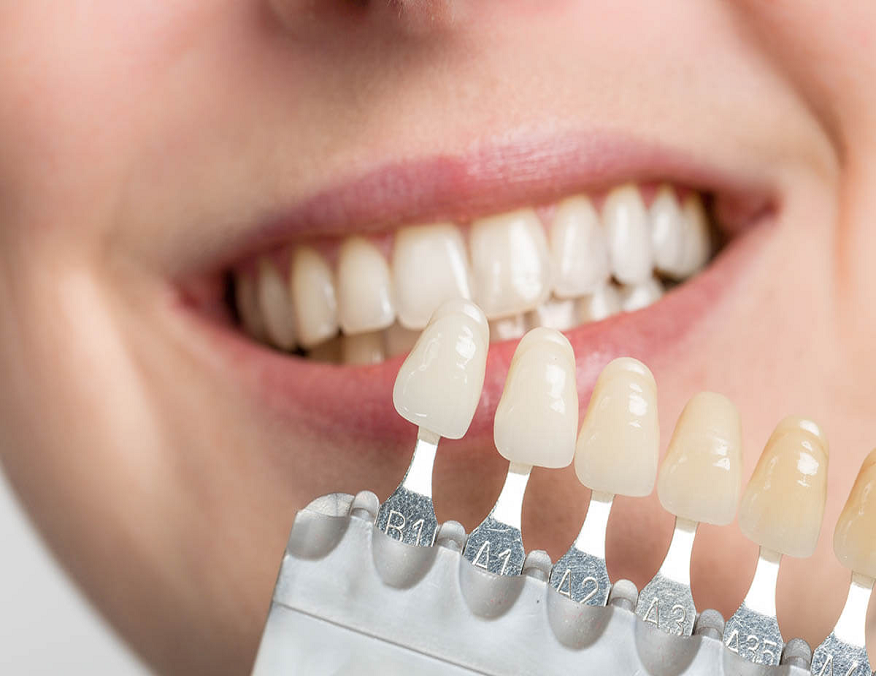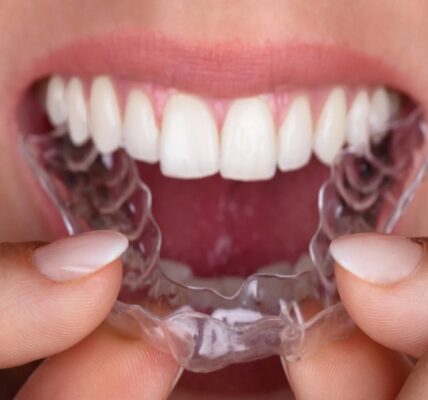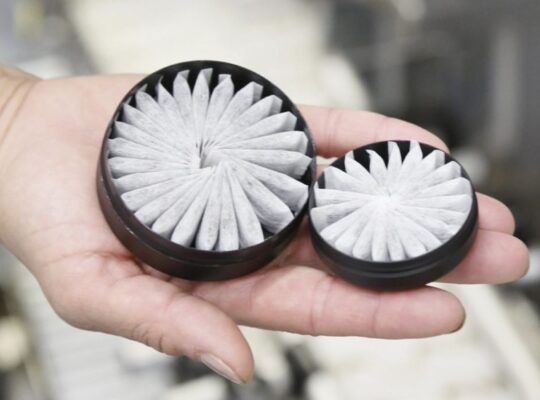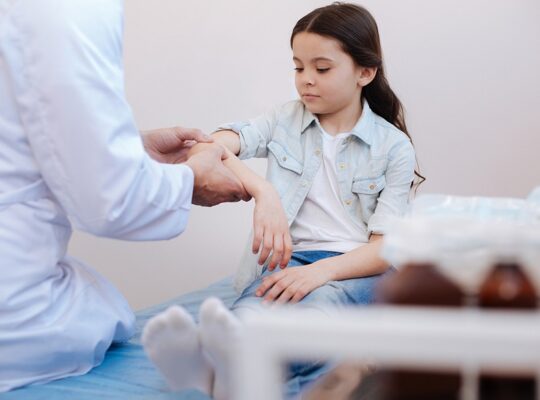The All-on-4 implant is a form of dental implant that may be right for you if standard implants have been ruled out. Some men and women need this type of implant because most or all of their teeth in the lower or upper jaw have disappeared.
Due to the state of their oral health, some patients may not be candidates for conventional implants. With All-on-4, you could be eligible to get the beautiful, long-lasting teeth you desire.
Many people are concerned about osteoporosis. If you have significantly less bone mass in your jawbone, standard dental implants might not be able to support your style and comfort. The All-on-4 system, on the contrary, may be a possibility for you.
All-on-4 has a significant impact. It takes less time to implant than standard implants. It is recommended for people who have lost all their teeth.
In addition, this technology is less intrusive and requires fewer preparatory operations before its implementation. This treatment is also less expensive than other options for total tooth loss.
A bar (often made of titanium) connects the acrylic implants. This is a simple feature and it was the initial product on the market.
This procedure is most suitable for people who do not clench or grind their teeth. It is the cheapest choice and the easiest to repair if necessary.
It also has a softer bite than some other products, which gives it a more serene environment. Nevertheless, it lacks the appeal of comparable items. They also don’t last that long. They are likely to deteriorate and require some maintenance over time.
Dental implants that replace a complete arch of missing teeth.
Removable dental prosthesis with clip (prosthesis on implant)
Dentures, implant dentures, bar dentures, spotting implants, instant smiles are all names you have certainly heard. If you’re wondering how they’re related and which is the best choice for you, don’t worry, it’s not that hard.
A dental implant prosthesis, also called an implant prosthesis, is a removable prosthesis anchored by dental implants.
The implants are then equipped with a specific snap-in or click-in mechanism that allows the prosthesis to be fixed. Implant-supported dentures can offer greater functionality, convenience, and safety than regular dentures.
Implant-supported dental prostheses are classified into two categories: prostheses on a bar and prostheses on a locator:
Bar-supported implant dentures: This type of denture consists of a thin metal bar that conforms to the contour of your jawbone and is connected to the pillars of the implant in the jawbone. Hooks or even other connections are attached either to the prosthesis or to the bar. The prosthesis is then placed on the bar, and the connections are used to secure it.
Dental prostheses with locator retention: The prosthesis is positioned in the center of the gum and fixed by special locator implants implanted in crucial places in the upper or lower jaw. Thanks to this specific integrated retentive connection, the removable prosthesis is firmly and completely linked to the implants (locator).
- Dental implants that replace a complete arch of missing teeth.
- Procedure for placing an implant-supported removable prosthesis: Step by step
- Implant supported dentures require a multi-step treatment process that can take up to six months.
- Here are the main steps to take for implant prostheses:
- Radiographies et empreintes
If denture treatment is deemed appropriate, thorough diagnostic procedures, including x-rays and oral impressions, should be undertaken. This is a primary therapeutic preparatory phase that helps ensure that your bone is strong and in sufficient quantity to accommodate dental implants.
Pose d’implants dentaires
Then dental implants, which look like small metal screws, will be inserted into the jawbone. It will be allowed to recover for 2-6 months to allow the bone to integrate with the implant at the molecular level. You will receive an instant temporary prosthesis to wear during this time while your gums and jawbone recover.
Fixing the locator
In some cases, a second procedure may be necessary, during which the implant dentist will connect locators to the implants, which will again emerge from the gumline to anchor the prostheses. This treatment normally requires an additional two-week recovery period.
However, in other circumstances, the anchors are inserted at the same time as the implant abutments. The dentist will review your specific situation and discuss the most appropriate treatment during your consultation visit.
Placement of the dental prosthesis
Ultimately, a custom set of dentures will be made to match the color and contour of a real set of teeth. After the completion of the regeneration phase, the dentures will be fixed on the aligners to ensure a snug, slip-free fit and a natural-looking smile.
Stabilization of the dental prosthesis
The prostheses stabilized by implants rest on the gum but are held in place by two or four implants with locating pillars. Connectors work similar to clothing snaps.
They fit into the prosthesis and can be modified to provide greater or lesser retention. They act in the same way as traditional prostheses, but without horizontal mobility. The plates are easy to disassemble for cleaning. People can frequently use their existing prosthesis, but most of the time a new prosthesis is needed.








